This page covers our range of Bear’s Breeches so that you can do a quick comparison side by side. I’ve set them out in a rough size order from smallest to largest. Each entry links back to the product in our shop. If the one you would like is currently out of stock, please get in touch and we can let you know if there are more in the pipeline.
Acanthus dioscoridis
Acanthus mollis ‘Hollard’s Gold’ (‘Fielding Gold’)
Acanthus is the hardiest Genus in its family, coming mainly from the eastern Mediterranean coast across into Turkey, growing on dry rocky hills. They prefer to grow in a well-drained site in a sunny position. They will grow in light shade, but flower much better in the sun. They are long lived architectural plants with deep coloured, glossy foliage of great merit and tall spikes set with hooded flowers stacked up in even columns which are great for the bees. Each flower consists of a purple or pink hood above a contrasting white lip. The foliage, especially on the smaller species dies off completely with the frosts.
The lovely architectural leaves on the Genus were the inspiration for the acanthus Leaf decoration used on the top of Corinthian columns. It is a stylised form and was probably based around the leaves of either Acanthus mollis or Acanthus spinosus. The legend of how they came to be chosen goes along these lines. The Greek architect, Callimachos, was visiting the tomb of a young woman who died on the eve of her wedding day. A previous visitor had left a basket covered by a tile standing on an Acanthus plant. Callimachos noticed that the tile had bent back a leaf in a particularly decorative shape. He then took this inspiration and used it on the columns of a Temple he was working on in Corinth. Vitruvius tells that it was the family’s maid who took the basket, containing the woman’s favourite goblets and that the tile was to shed the rain. The basket stood until the new growth twined around the basket in a most pleasing way.
Acanthus was commonly used as decoration in Roman and Greek homes, both as garland and as motifs on friezes and on clothing. Helen of Troy was said to have had Acanthus decoration on her clothing according to Virgil.
Acanthus have found a use in cough medicines.
In the 17th century Acanthus was known as Brank-ursine, or Bear’s claw – possibly in reference to the shape of the flowers.
The origin of the name Bear’s Breeches is a fancied resemblance of the softly hairy leaves and stalks (Acanthus hirsutus ?) to the rump and legs of a hairy bear. I think this one takes some imagination !
Acanthus comes from the Greek ‘akanthe’ – a thorn
Acanthus – Acanthaceae . Bear’s Breeches, Brank-ursine, Oyster plant.

















































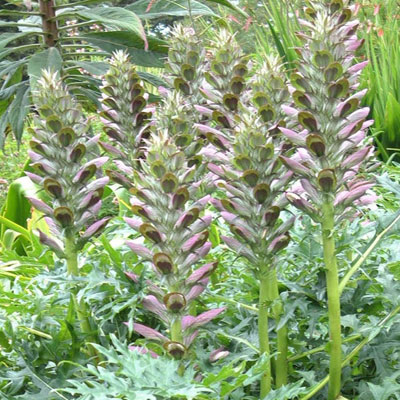

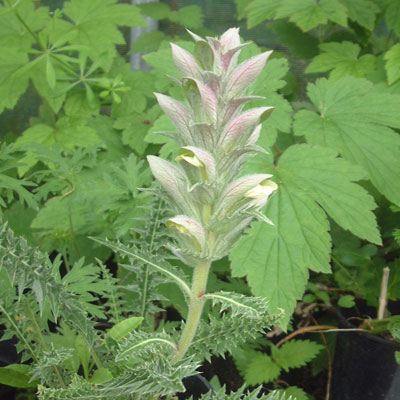
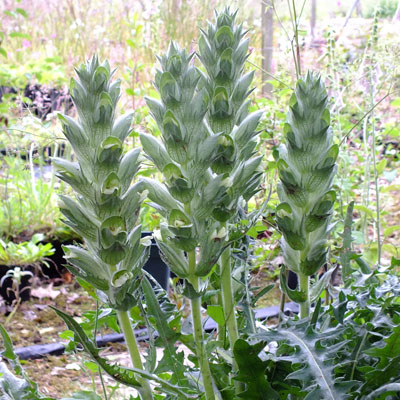
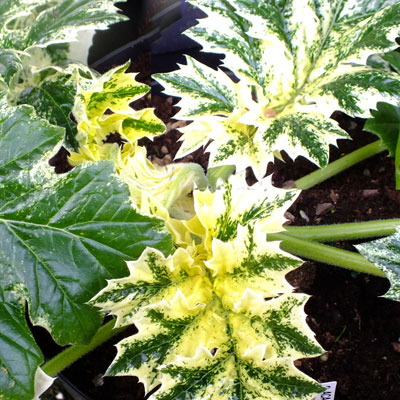

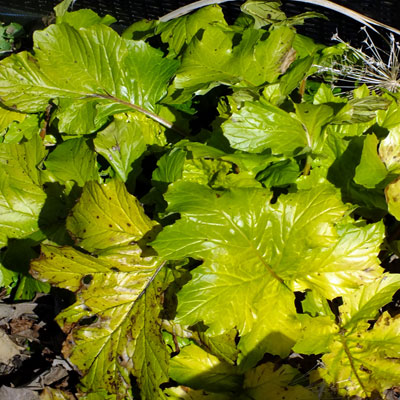
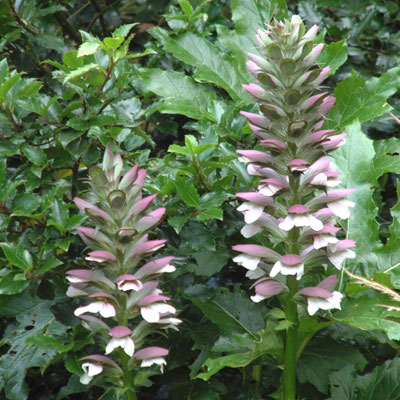
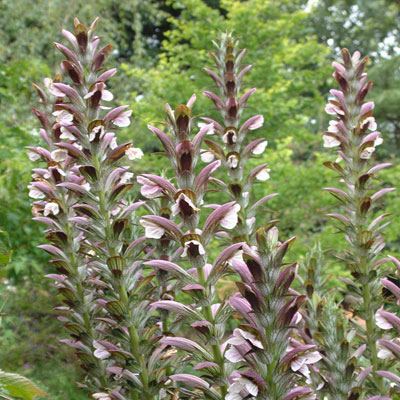
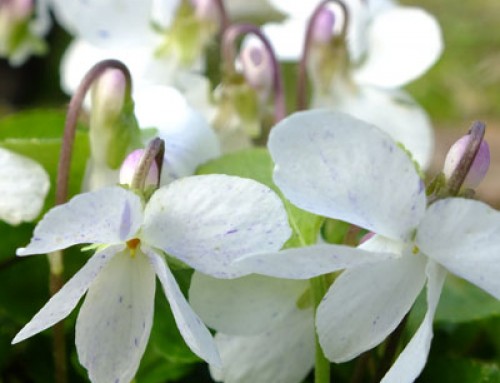

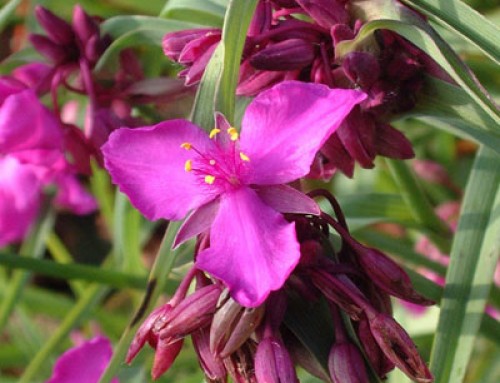
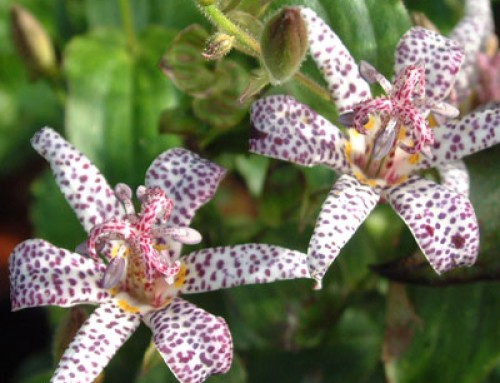
Leave A Comment
You must be logged in to post a comment.